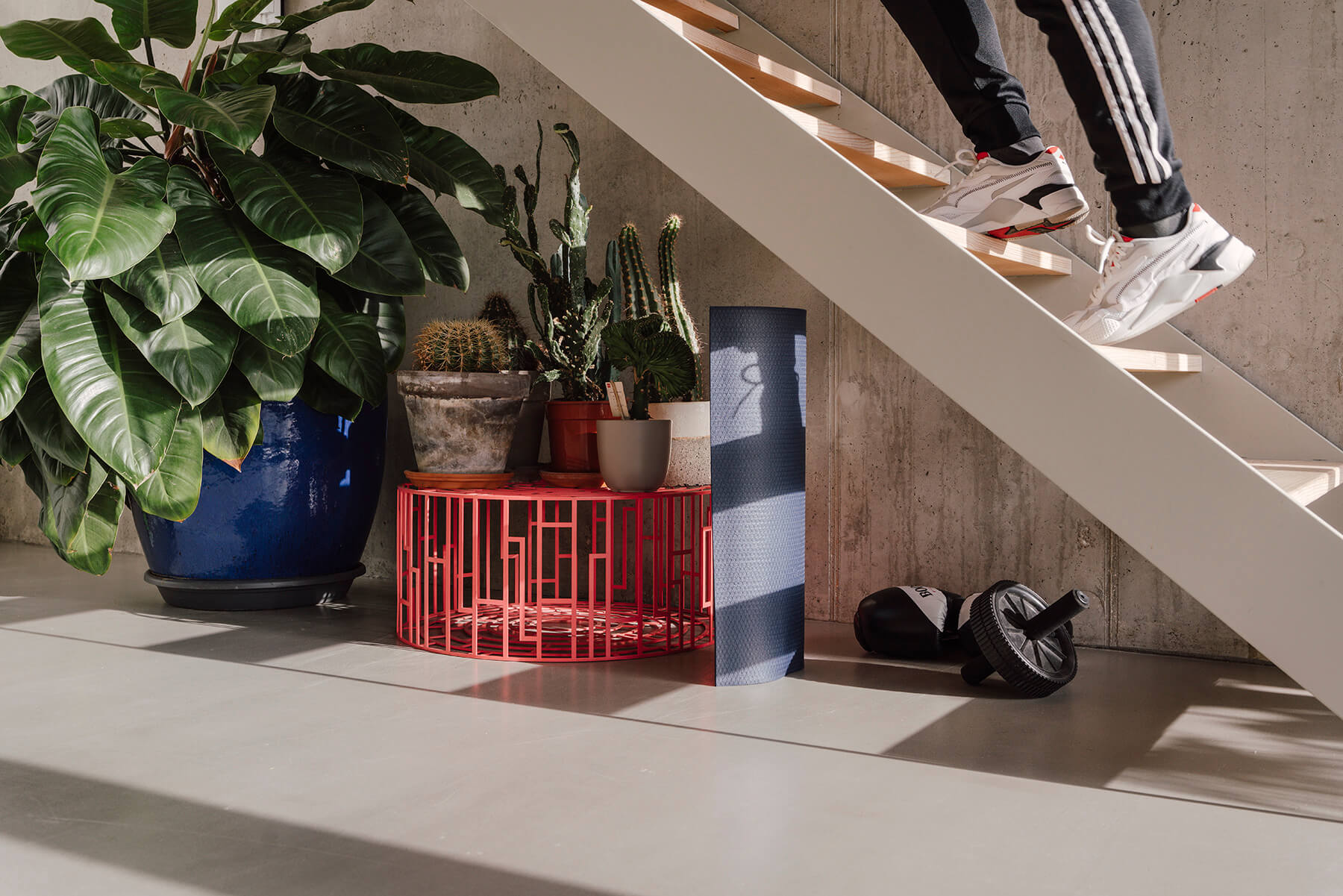
Comfort is killing
The role of physical and mental health in how we live at home
– The Supermakers serie #1 –
The less your living environment encourages you to take exercise, the faster your health will deteriorate: this is the conclusion of architect Marc Koehler and health mentor Enitor Joiner. By combining mental and physical health with architecture, you can push people out of their comfort zone. This is important, because “comfort is killing”.
It’s all in a day’s work for health mentor and entrepreneur Enitor Joiner: encouraging people to adopt a healthier lifestyle. “In recent years, we have been confined to our homes more and more. This has made us more aware of the (dis)comforts of our immediate living environment. For example, sitting still for long periods while working at home leads to physical complaints such as RSI. A poor living environment can also cause stress, and thus also obesity and mental problems. Social isolation means loneliness is a growing problem in society, and a general lack of knowledge of healthy living patterns has led to an increase in diseases of affluence, such as obesity and diabetes.
“This may sound dramatic, but I encounter it every day. Health problems are often related to the way you live and work. With this in mind, Marc and I got to work by asking ourselves the following question: how can we create a pleasant living environment that automatically contributes to a healthy lifestyle?”
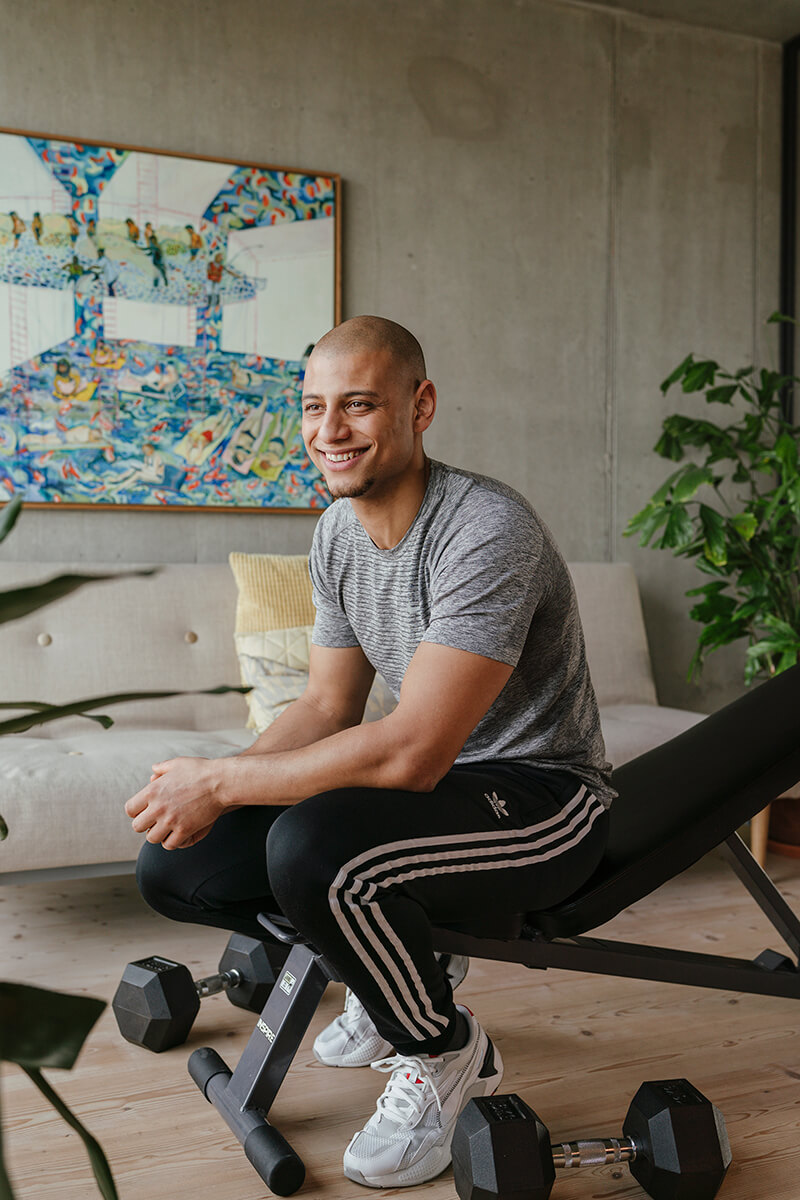
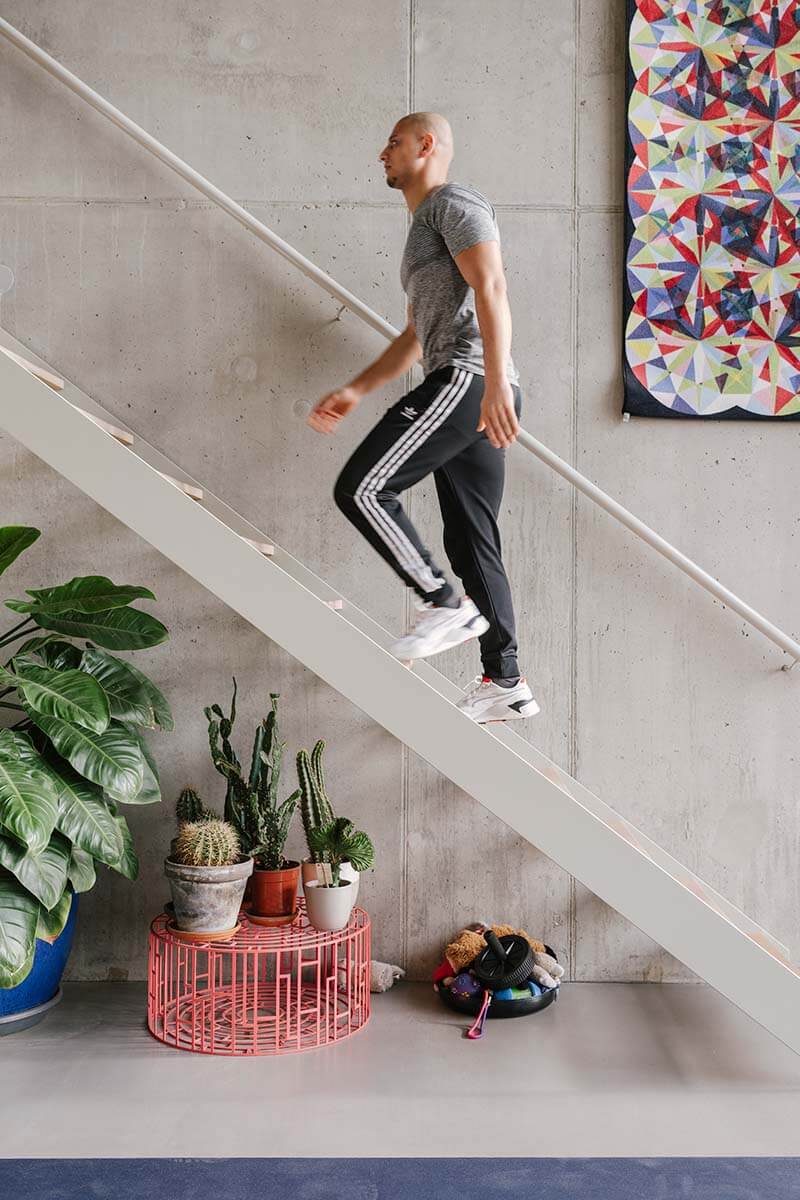
Increasingly smart but going backwards
“While homes are becoming increasingly smart, we are slowly going backwards. We have single-floor homes with standard plans, a lift in the centre of the design and appliances that think for you. In some homes, almost everything can be remotely controlled. With home automation, we no longer need to get up to answer the door or operate the thermostat, lights, music or curtains. Your digital home assistant even monitors the fridge and controls your robot vacuum cleaner. This has reversed the relationship between the home and the city: while ‘before’ we still travelled to the city centre for work, a film, a date or a restaurant, your home – and particularly your sofa – has now become the centre. The world comes to you: ‘the city on demand’ at the touch of a button. The combination of Zoom, Amazon, Uber Eats, Netflix and Tinder encourages an intrinsic laziness: the sofa becomes the cockpit from which you control your world. This means we have to move less and less and that we rarely come into contact with spontaneous new experiences and people: comfort is killing.”
“We are facilitating our own decline”, says Marc. “And that is not a positive development. Do you know why old people in Lisbon can still climb all those steep alleys into their nineties? Because they move around a lot every day and meet each other on the street. They enjoy a healthy old age because their environment encourages them to take exercise. In one way or another, I want to incorporate that idea into the design of neighbourhoods and communities, and thus change the DNA of the city. Superlofts, for example, occupy several floors so you need to climb the stairs many times each day. The open areas offer space for sport, the large windows and glass interior partitions allow sunlight to enter, which helps your body produce vitamin D, and many large plants cleanse the air. Large balconies make it possible to work outside. A shared roof terrace invites you to meet one another outside and do yoga. Many investors do not want duplex apartments in the buildings we create for them. After all, a single-floor apartment is more suitable for all age ranges. I dispute that. The standard plans are not inspiring. Low ceilings and small windows (which are cheaper and comply more easily with the EU NZEB standard) often leave me feeling gloomy. The sofa and TV occupy a central location in the living zone: the lazy on-demand house is born. I often ask them the question: how healthy is that, actually?”
Conscious use of time and tech
The positive side of smart technology is that it saves us time. However, Enitor seriously doubts if we are really spending that time on healthy living patterns. “We much prefer checking our social media, working longer from home or lying on the sofa watching Netflix. Very few of us instead choose to read a book, meditate or do simple sport exercises on a mat. Don’t get me wrong, there’s really nothing wrong with using technology in moderation and at the right moment. But use it consciously and not on automatic pilot.”
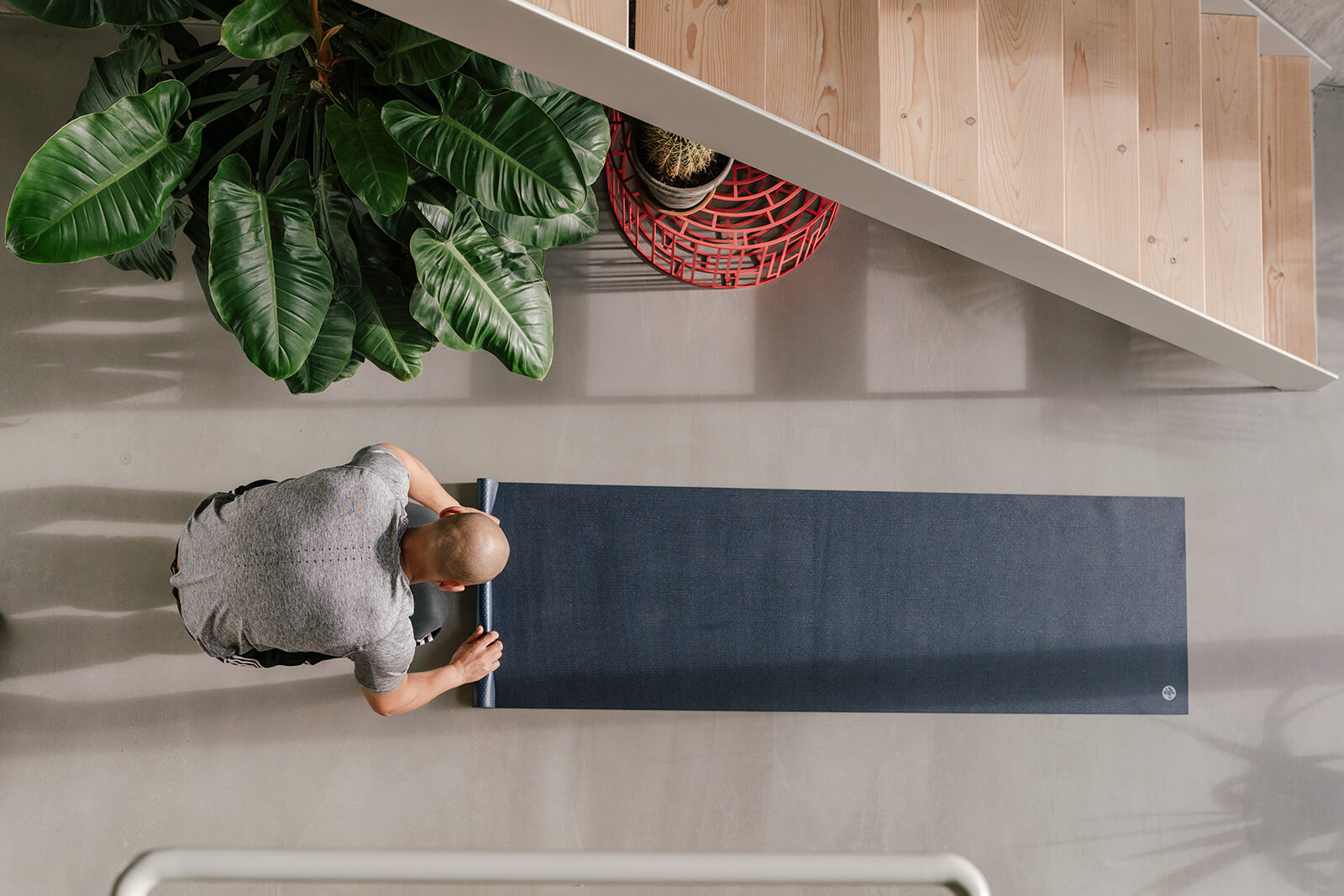
Implementing new routines
To make people more aware of healthy living patterns, we need to think about new routines in and around our homes, says Enitor. “I mean the way you sleep, work, move, eat, drink, meet and take part in sport. From meditation to exercises at home, and from cycling to drinking more water: it’s the small things that really make a difference. It’s harder to avoid drinking water if water is visible everywhere in the home, and harder to avoid taking the stairs if these are a central part of the design. If we want people to cycle more often, we should stop hiding bikes in dark basements. This discourages cycling and means bikes play a smaller role in our daily lives.”
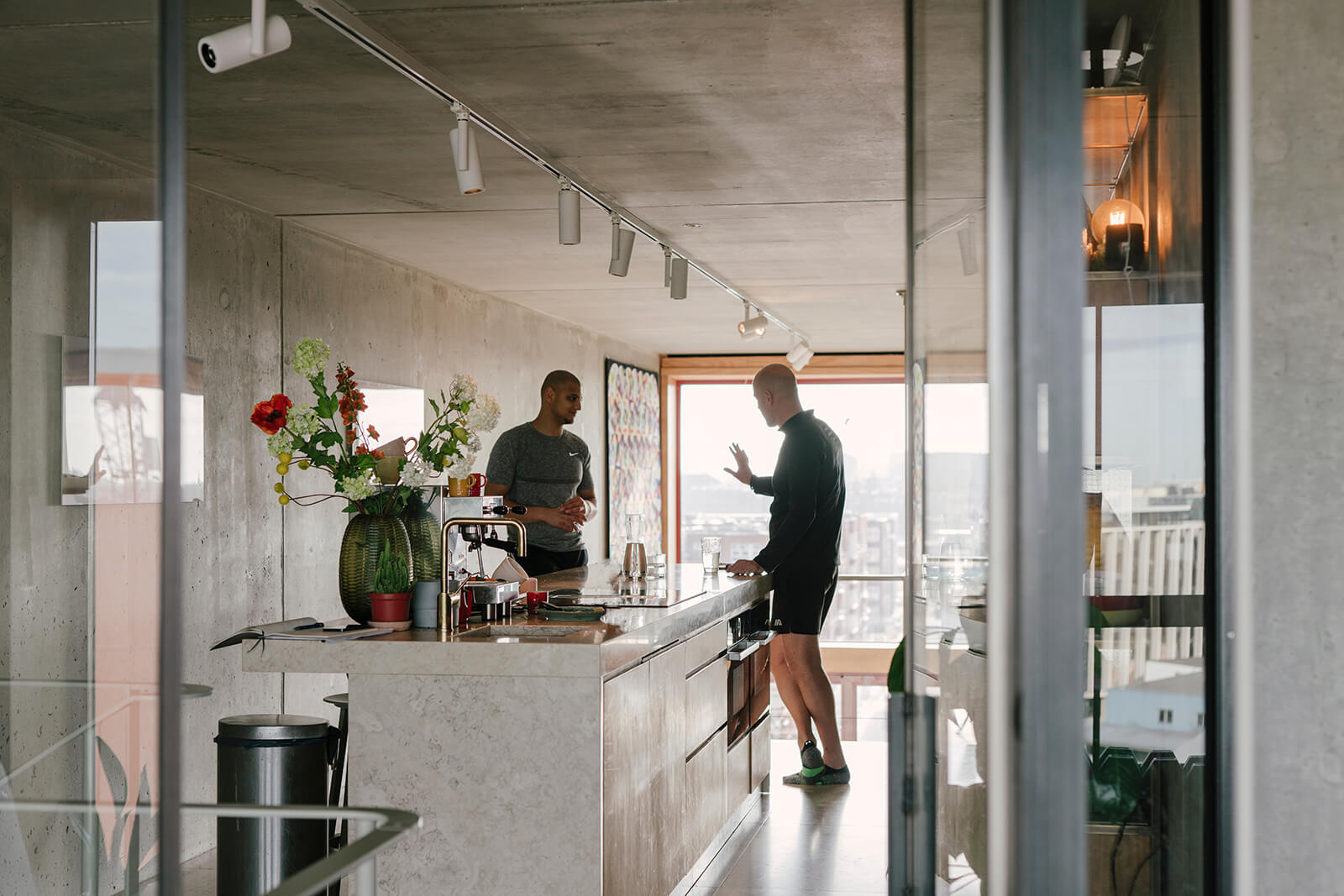
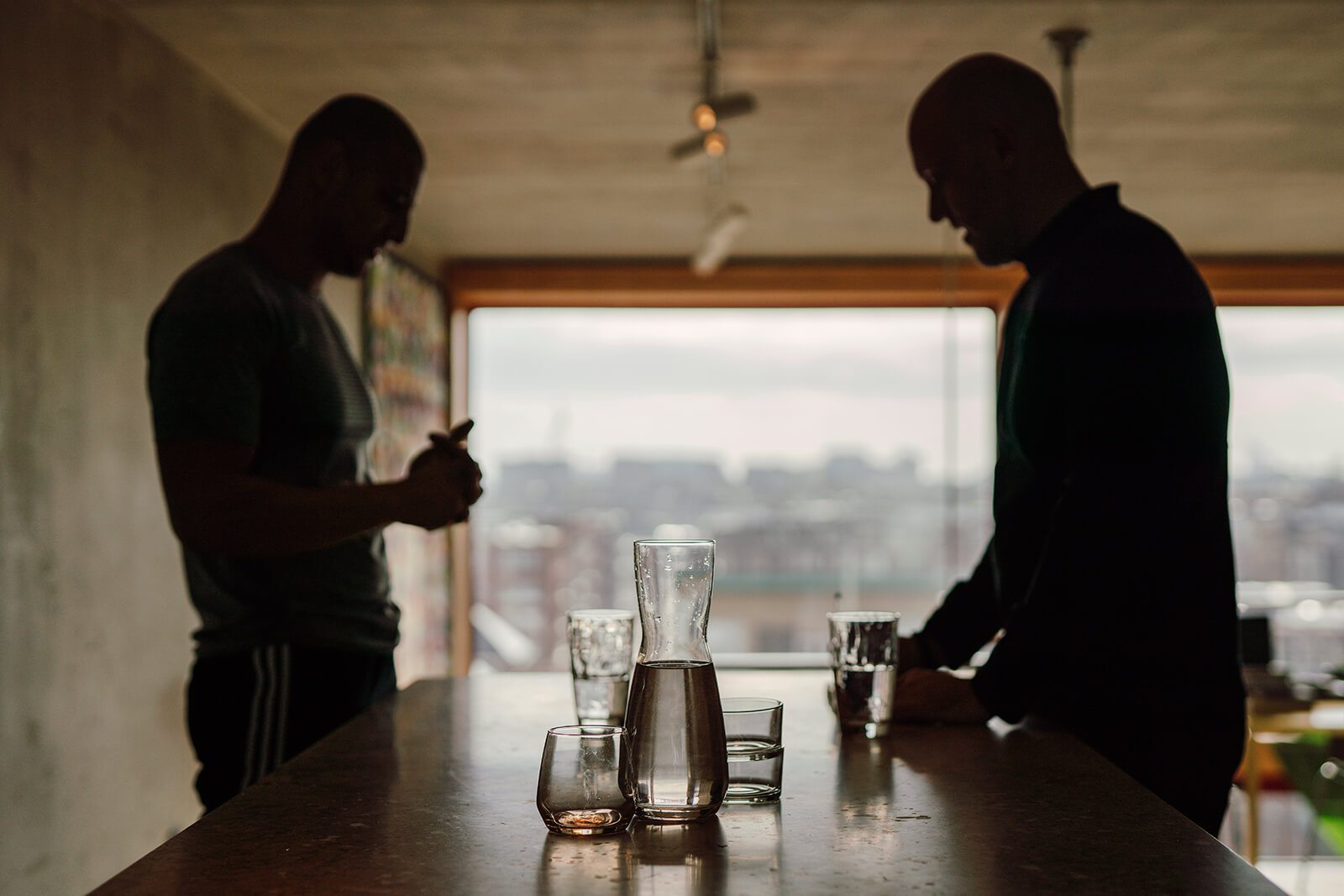
“Cycling is an essential part of our social lives, which is why we give bikes an increasingly important place in our designs”, says Marc. “In our residential tower in the SPOT district in Amsterdam, we are creating a stacked bicycle garage at the heart of the building. Ramps and bicycle lifts encourage residents to cycle. A bike bar acts as a meeting place where residents can drink a cup of coffee and work on their bikes. As architects, we have the power to design new routines that encourage a healthy lifestyle.”
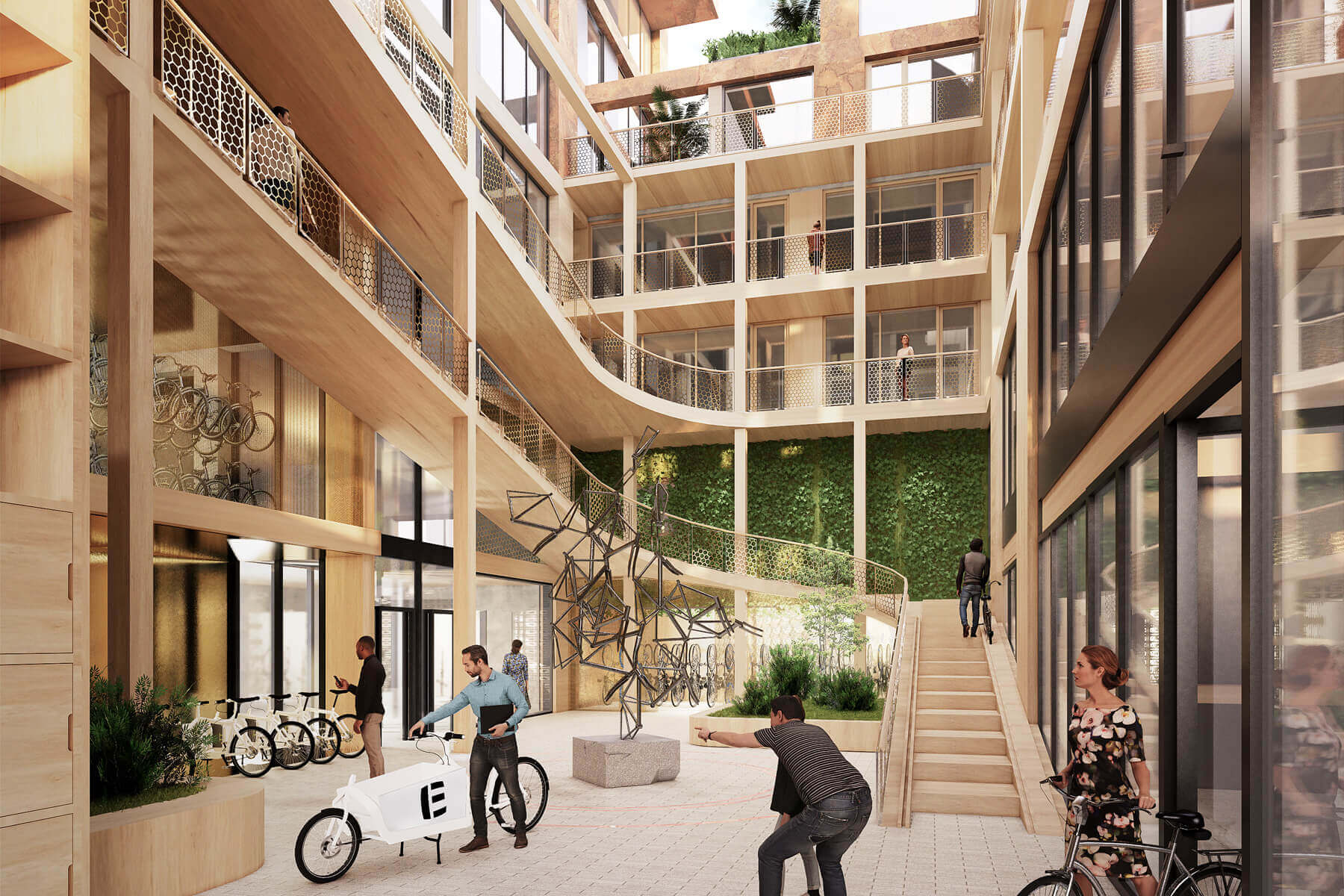
Activation can encourage you
Enitor: “This is only possibly by prioritising the focus on mental and physical health during the conceptual phase. In this way, your home becomes your activation coach as standard and you move around more without even thinking about it. It means climbing the stairs more often, going outside more, meeting one another, using spaces flexibly and increasing the production of vitamin D by allowing plenty of sunlight in, for example.”
“By including this sort of thing in the design, we can activate residents”, adds Marc. “Use spaces multifunctionally. For example, you can use flexible workspaces as a yoga studio in the morning. Put the open kitchen on the first floor. Design a tap with an integrated planter for the balcony, and there’s a good chance people will fill it with plants and care for them by themselves. It has also been shown that green views have a therapeutic effect and that caring for plants makes you a happier person.”
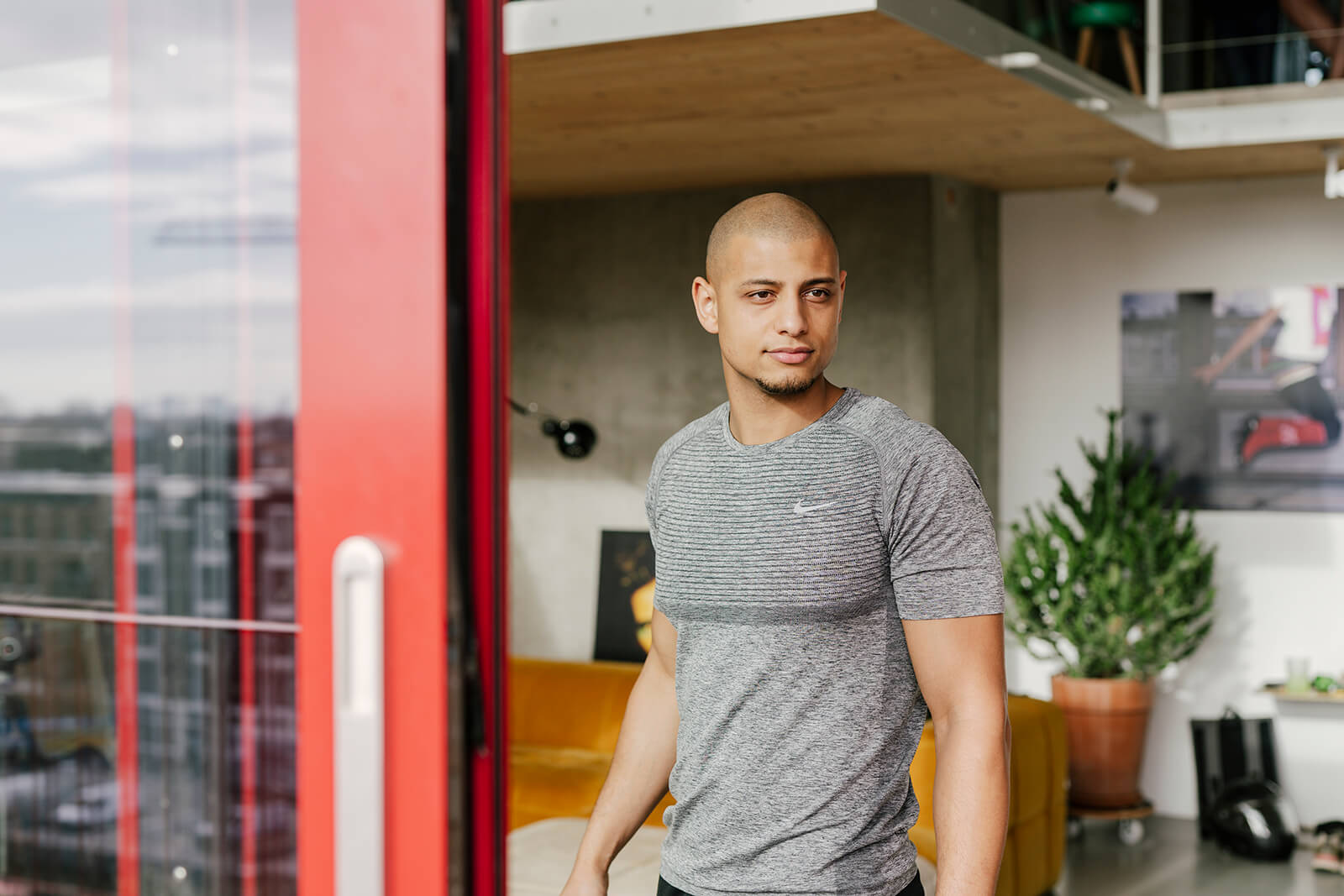
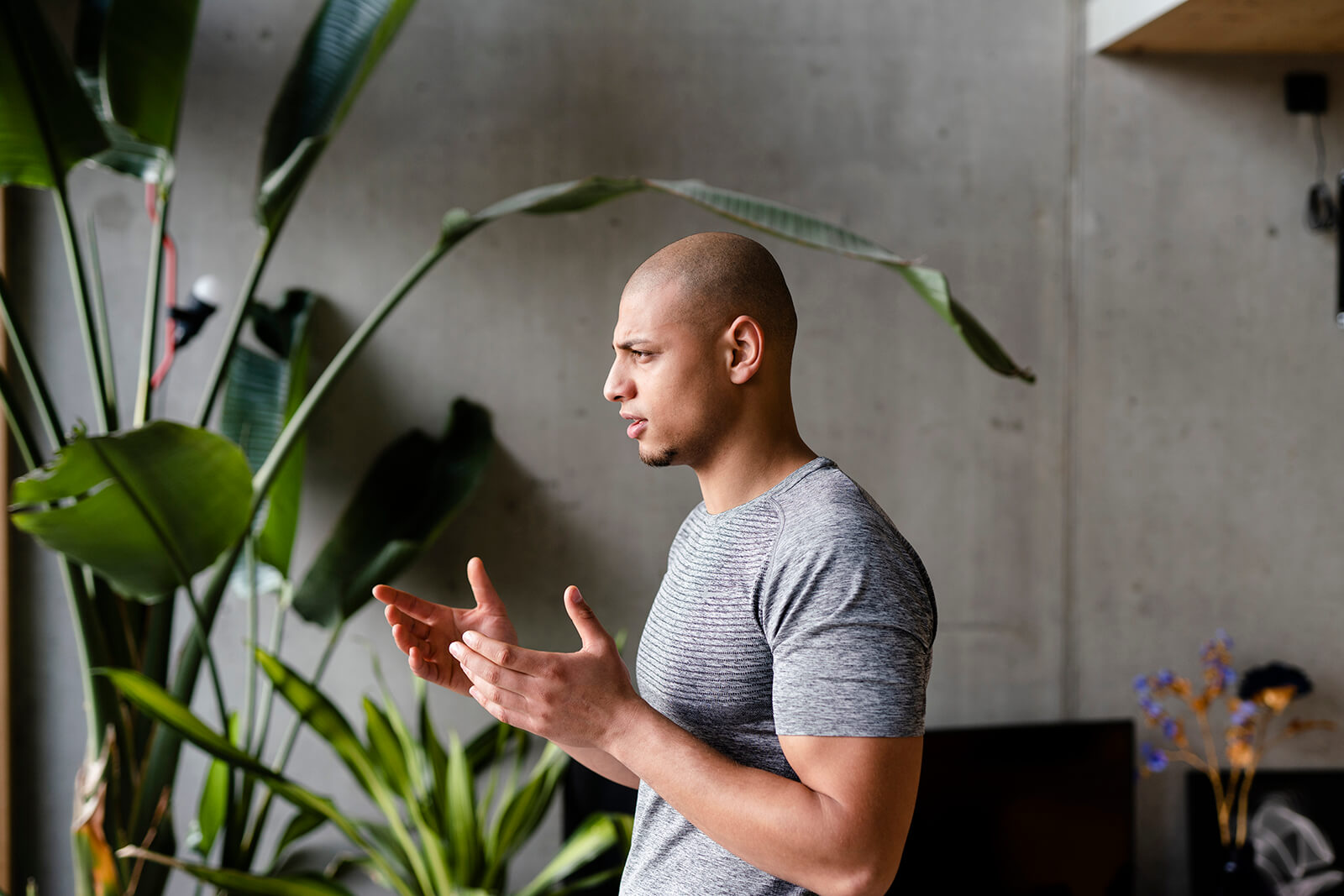
Marc has a pull-up bar next to the open staircase in his home. “When I go downstairs from the kitchen, I always do a quick chin-up. I only do it because the pull-up bar is visible and isn’t hidden in a place I rarely go. That simply doesn’t work. Make it visible. Make it just as important as a beautiful kitchen and combine it with the other functions in your home. You really don’t need a separate home gym. Rolling out a mat with some space to move around is enough. The only space you really need is the space in your head to do it. This puts you in activation mode and helps you create a new routine.”
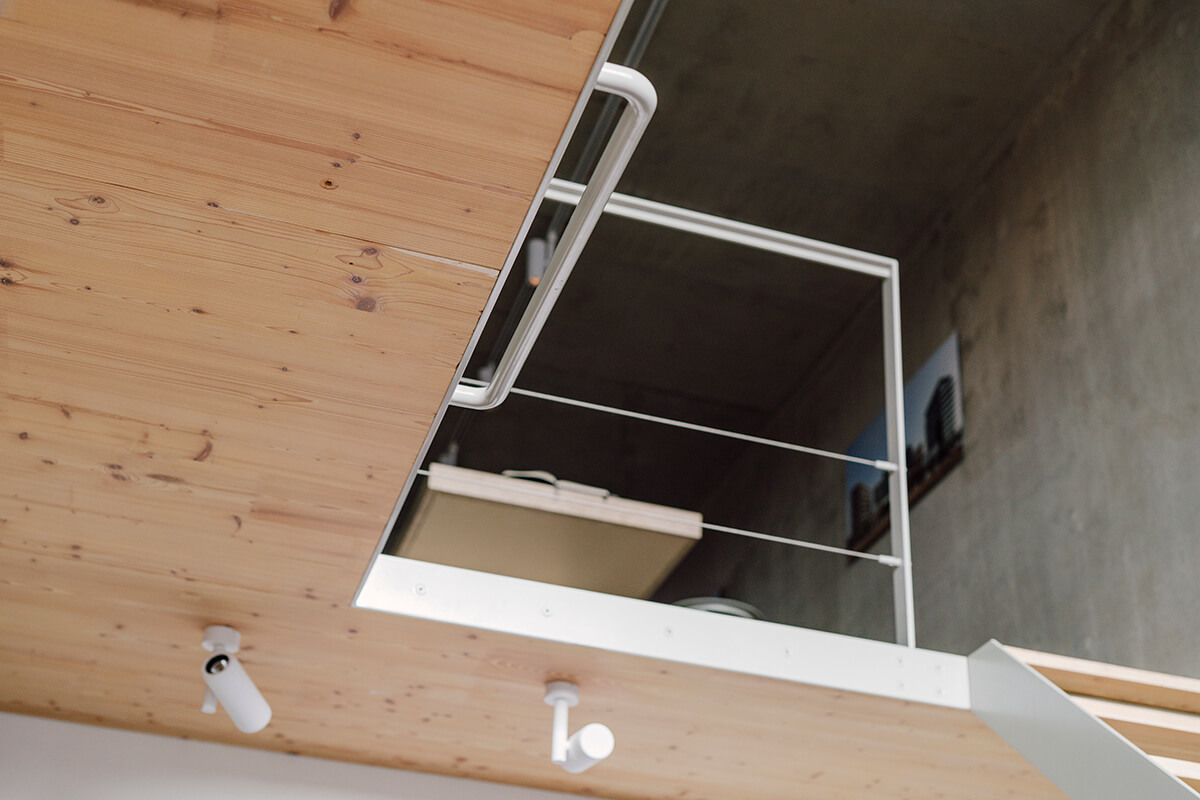

“The only space you really need is the space in your head to do it.”
Creating your own environment
Giving residents more freedom to design their own homes also helps. Marc explains that this can be done by working with an open building method. “By giving residents more say in the layout and facilities in the building, a feeling of ownership and connection with the place, with the home and with each other arises. By giving new residents space, you can really think differently about how you want to live. Feeling at home somewhere contributes to your mental well-being. And this is possible in a home of 50 m² or 200 m², whether rented or owner occupied. We have already shown this with Superlofts. You see that people really feel at home, that they are happy living there and that they stay. It is well known that moving home has a very destabilising effect on your emotional state. So why don’t we create buildings where you can live for longer periods, that can expand and develop with you and that can shrink again when you need less space? Flexible buildings that meet our changing needs as we grow older are a potential solution. Online working means we are less and less dependent on location. This means we can stay in the same place for longer. So let’s invest in those places.”


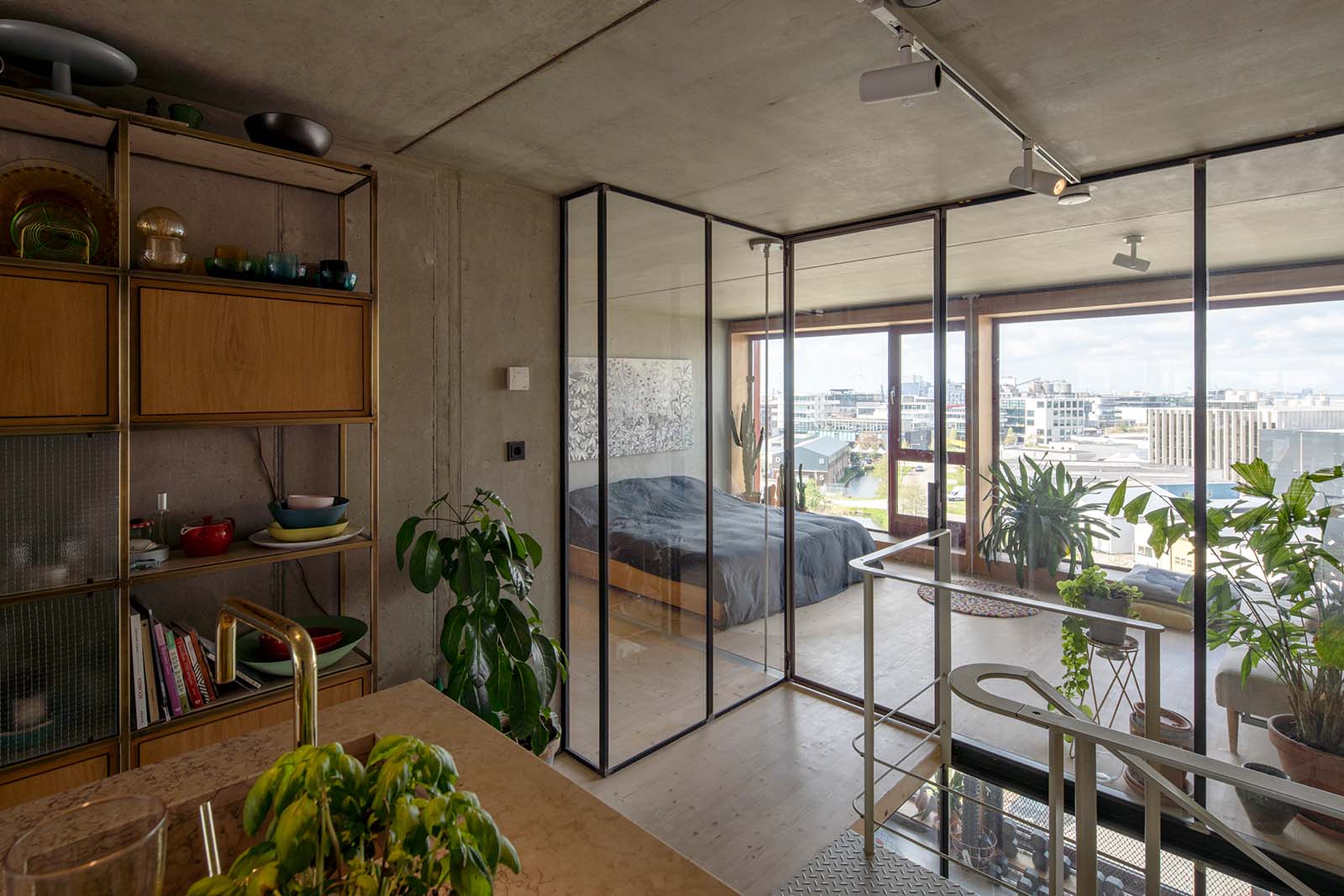
“The remarkable thing about a flexible building method is that everyone designs their space differently. We notice that many residents think about how to combine the functions in their homes, so you don’t end up with rooms that are unused for three quarters of the day. For example, you can create a healthy home workspace using sliding doors and glass interior partitions without losing a bedroom. Design your bedroom or study to also be a gym or yoga space, and create a guest room with a built-in cupboard with a folding bed. We also increasingly see that people add a second front door, so you can use part of your home as an office, for family members with care needs or as a guest apartment. These people have no trouble using the available space optimally. We’re just not used to it, as we give everyone the same standard plans and layouts.”
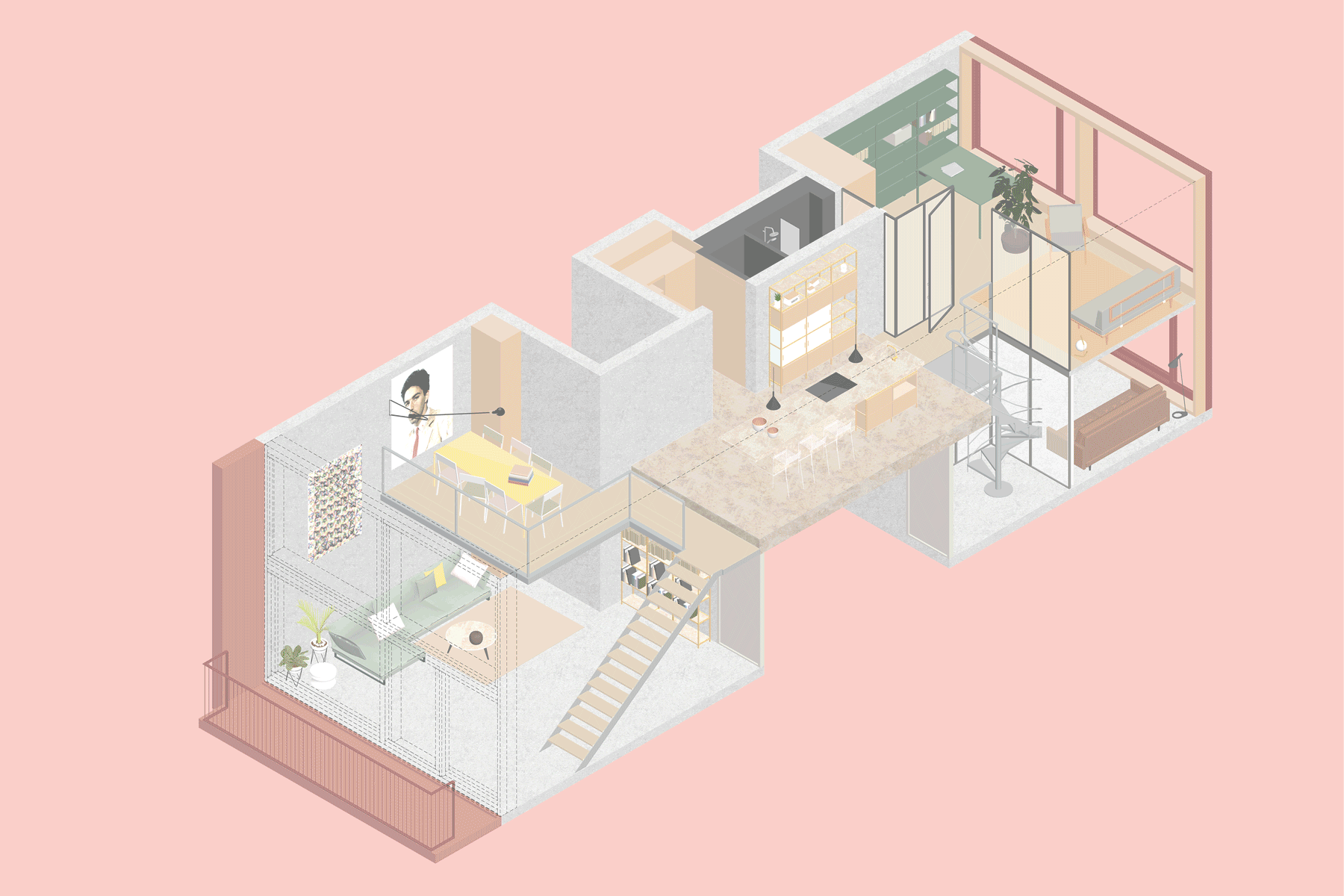
Seeing what is possible
“We must learn to use our homes more efficiently, which means dividing them up better”, says Enitor. “You shouldn’t feel the need to ‘escape’ your home. It should be a place where you feel good, as Marc has already said. If little sunlight enters your home, it’s even more important that you go outside more often. If you often sit still because of your work, you are more aware of how much you move each day. Do you really have no time or motivation to go to the gym today? Then roll out that mat and do a 15-20 minute workout. Do you already know that you drink too little water? Then place a few filled carafes of water in your line of sight every morning. Your living environment is a fundamental cornerstone of a healthy and happy life. I am very aware that not all homes are suitable for certain modifications. In addition, there isn’t always space and this will make living unaffordable for some people. But look what can be done and you will be surprised what really is possible. Consistency is the most important prerequisite for a healthy lifestyle. Because if the basics are in order, you really don’t need to play sport or meditate intensively every day. It’s purely a question of ‘keeping up’, and I can tell you that there’s space for that in every home.”
“Your living environment is a fundamental cornerstone of a healthy and happy life.”
Being part of a local community
People are naturally social creatures, and spending time with others has a beneficial effect on your health. “This is in stark contrast with the growing problem of loneliness among older and younger people”, says Marc. “As an architect, you have the capacity to contribute to solving this. However, this idea will only work if you facilitate shared facilities in the building or the immediate surroundings. Your home must be part of a small, local community on two levels. At building level, it must be a safe place where you make collective use of a shared lobby, flexworking space, a guest apartment, shared mobility, a shared garden or roof terrace, a workshop for DIY and a playroom. At street level, it must be part of a ‘local area network’ of functions in the neighbourhood where you encounter a mixed public, where your children play and go to school, where you pick up a coffee, take part in sport, use a co-working space or walk your dog. We are increasingly asked to design entire districts or streets. We see major opportunities here for an integrated approach to community building.
“By sharing things and functions, people are encouraged to meet one another more often. This means you don’t need to cram everything into a home, and people can create their own space with the things that are important to them. We approach it from a holistic point of view: just a good design or just moving around more are not the solution to creating a healthier lifestyle. It starts with creating a fine living environment that focuses on well-being, where nature and people enjoy a symbiotic relationship by adding more green spaces, microclimates and ecosystems to our cities. These reduce noise pollution and purify the air. Trees and green façades provide natural cooling in the summer, which means you can open a window to ventilate your home. Birdsong helps you relax after a tough Zoom session. This creates a feeling of calm and de-stresses you. And with a social network and by sharing facilities, you can create the conditions that allow a social safety net and a feeling of safety and empowerment to develop. After all, you are not alone in a community. It is important to create a feeling of independence and self-reliance by giving residents a greater say in what their living environment looks like – now and in the future, and by building adaptable homes and thus creating more engagement and a feeling of home. This will really encourage people to stay in the same place for longer. Our Thamesmead project in London, Waldstadt Pforzheim in Germany and also MaMa Pioneers (Poppies & Robin Wood) in Amsterdam are prime examples of this mentality. By really paying attention to healthy living, we can really change behaviour with architecture.”
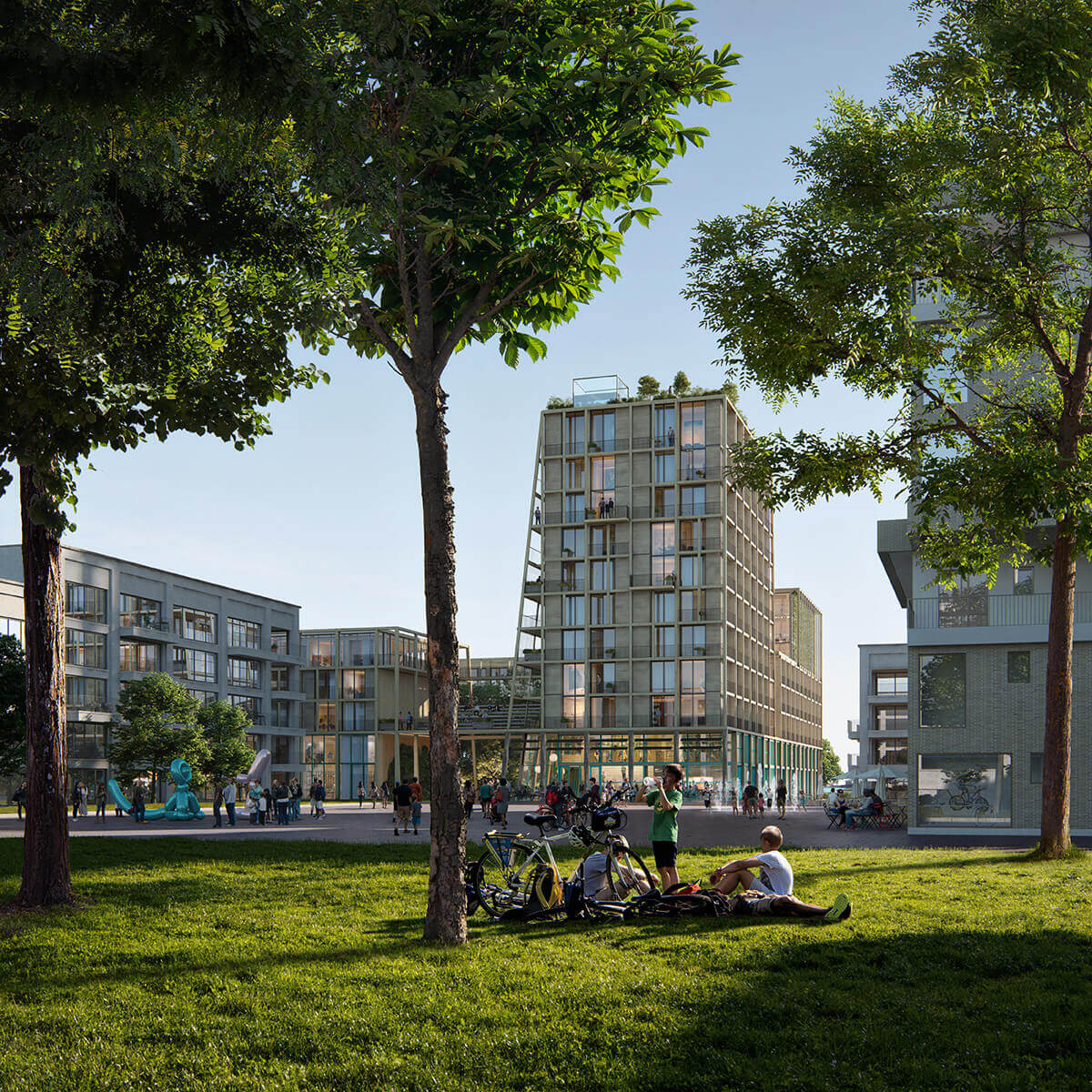
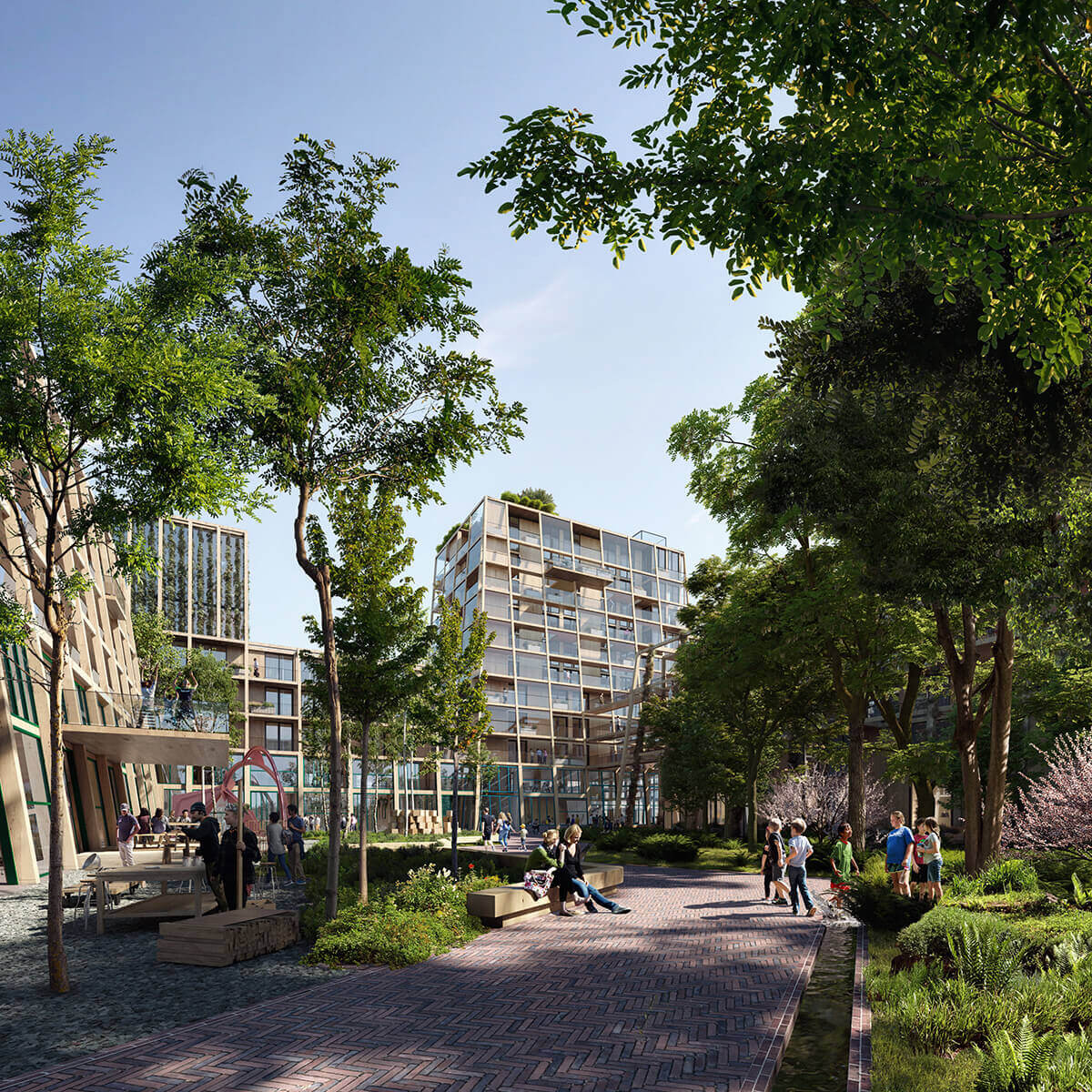
Happiness starts with health
“When we talk about changing behaviour, we mean going back to basics, where healthy and sustainable living is the standard”, says Enitor. “To restore balance to your body and mind, you can go back to the most basic things, like taking exercise more regularly, eating less sugar and more vegetables, greater exposure to sunlight, sleeping better and drinking more water. For me, my grandparents in Friesland are a shining example. They are 84 and still very fit. They have a home where they feel free, there is space to relax, they take care of the garden, have a healthy diet and go almost everywhere on foot. They live independently and still have many life goals, while you have just one goal if you are unhealthy: becoming healthy again. My grandma always says: it doesn’t matter how long I live, but how I grow old. With that thought in mind, I founded Urban Genetics. This new platform is based around a new definition of health, formulated by former GP and researcher Machteld Huber. While it is still very much in development, you can expect a refreshing concept with a unique approach.”
This article is part of the “Supermakers” series. Together with urban pioneers and visionaries we develop new ways of living in healthy and sustainable cities.